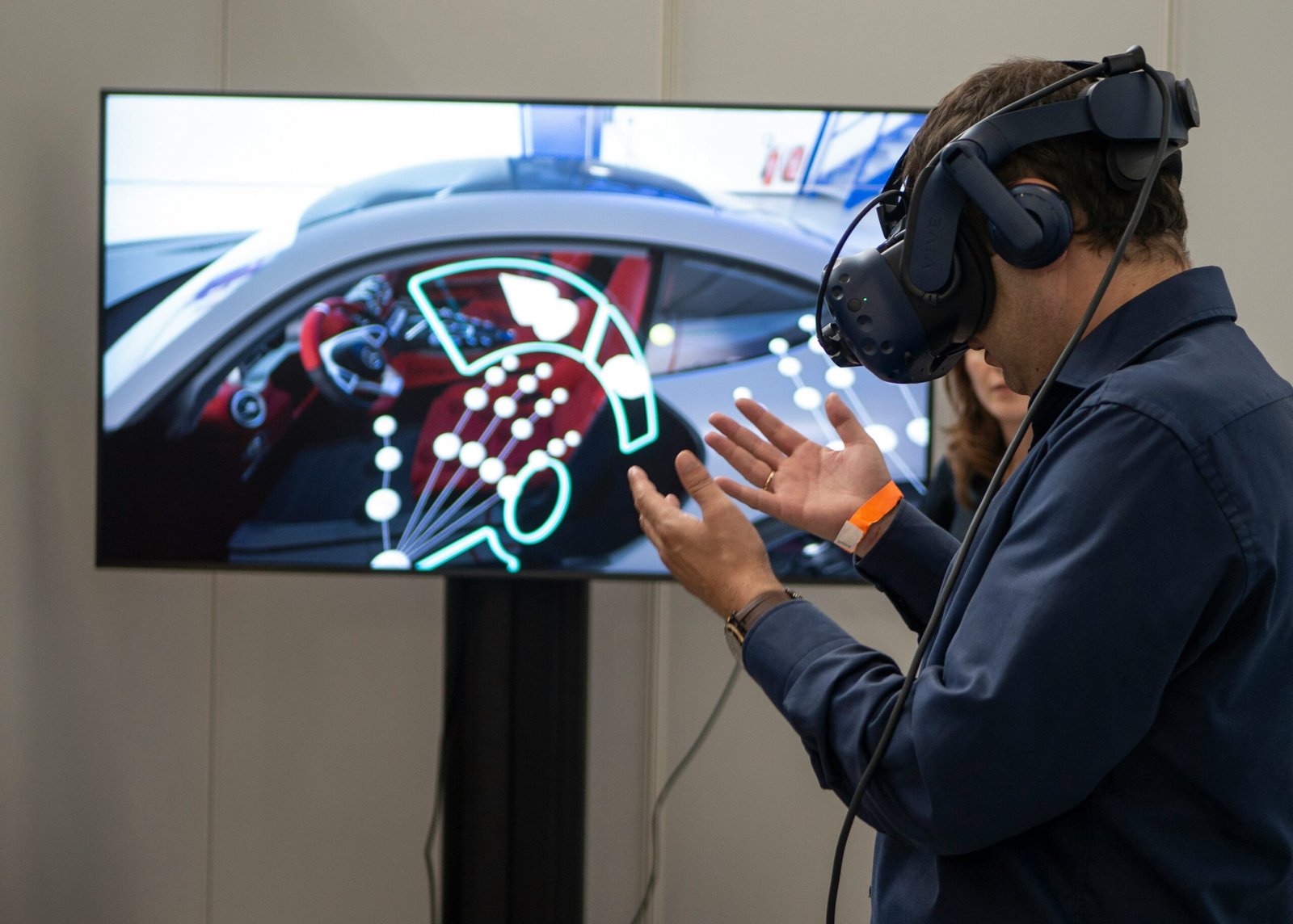From Sci-Fi to Reality: Breakthroughs in Augmented and Virtual Reality
Introduction to Augmented and Virtual Reality Augmented Reality (AR) and Virtual Reality (VR) represent transformative technologies that create immersive experiences, blending the physical and digital worlds. While often used interchangeably, these terms denote distinct concepts. AR enhances the real-world environment by overlaying digital information onto it, allowing users to interact with both the physical and … Read more
